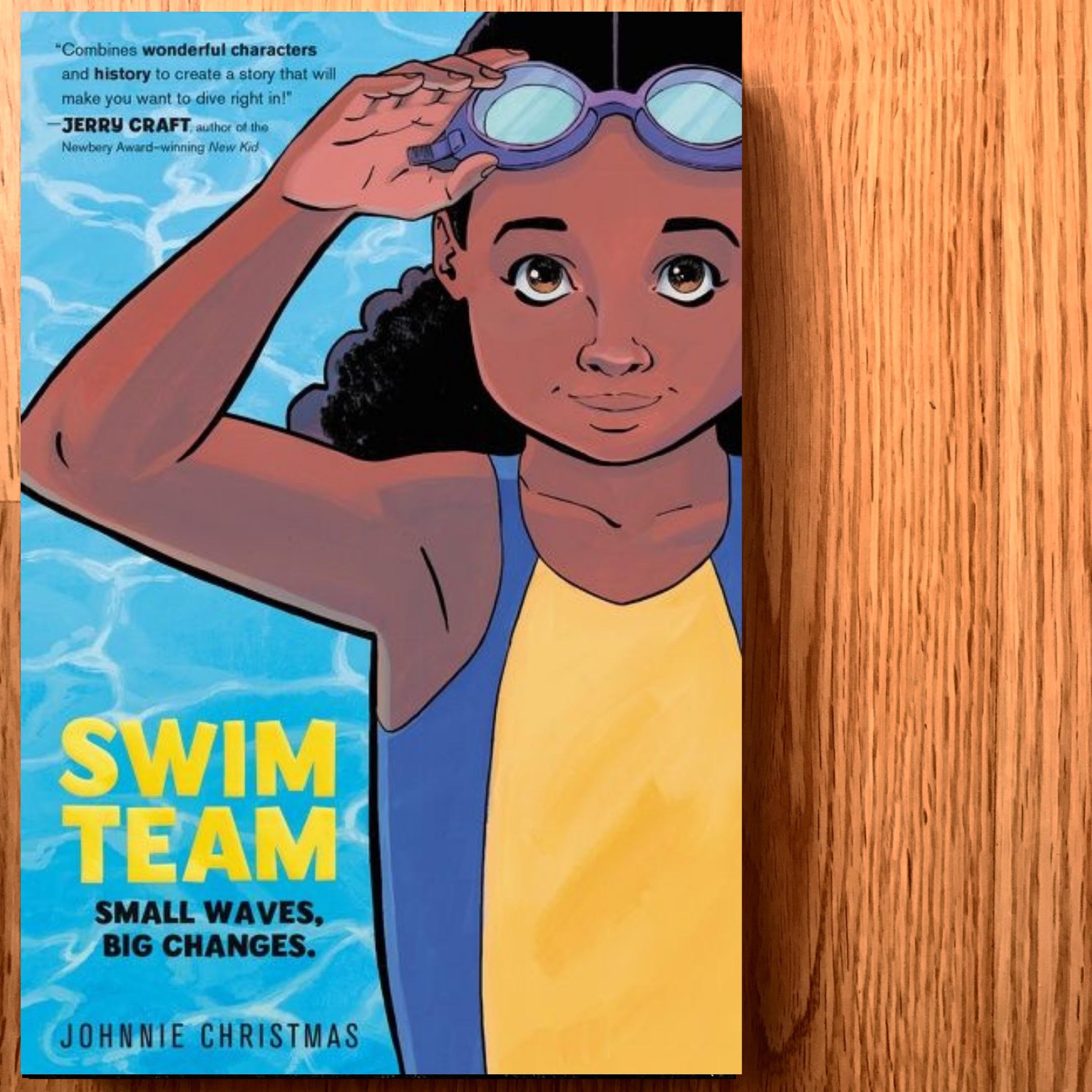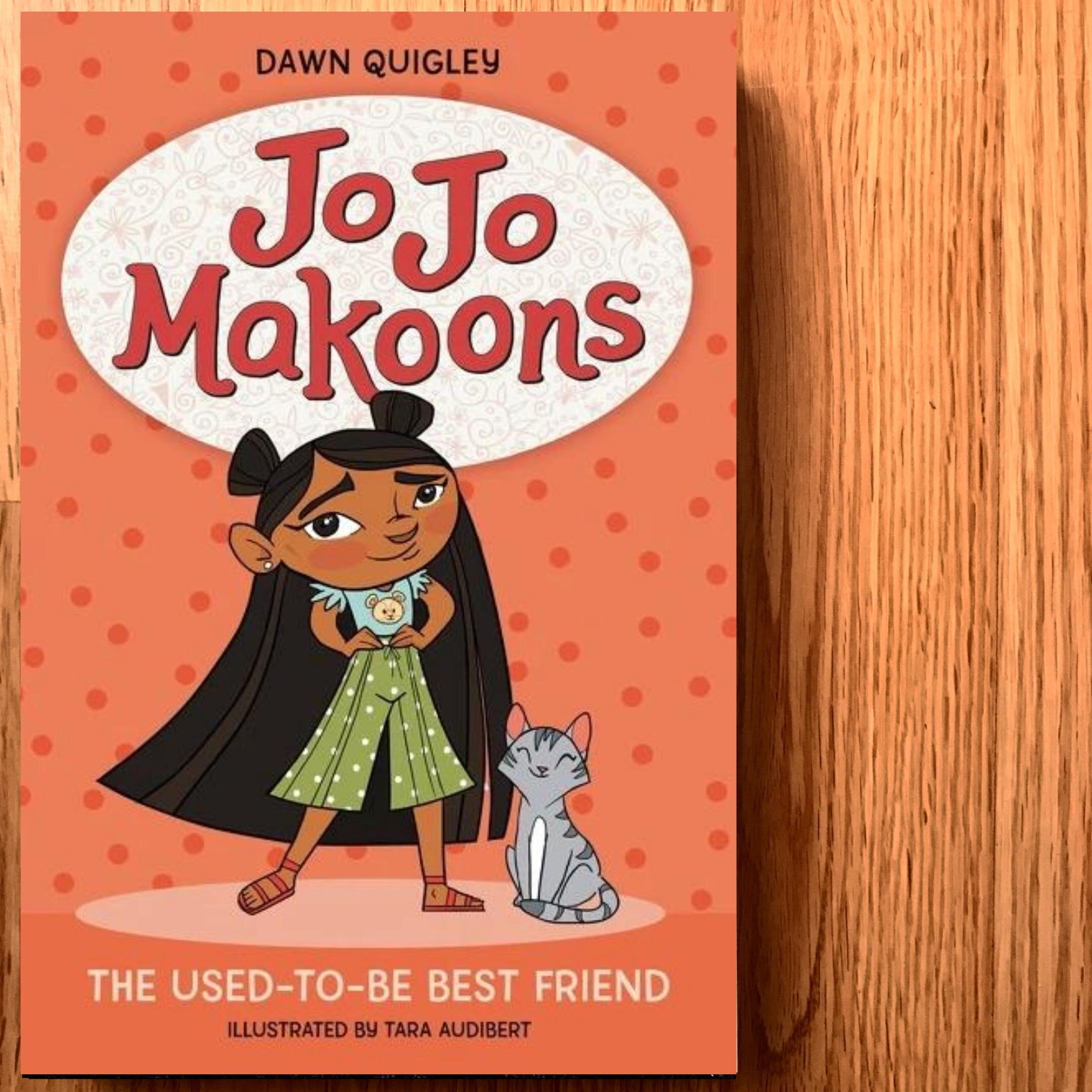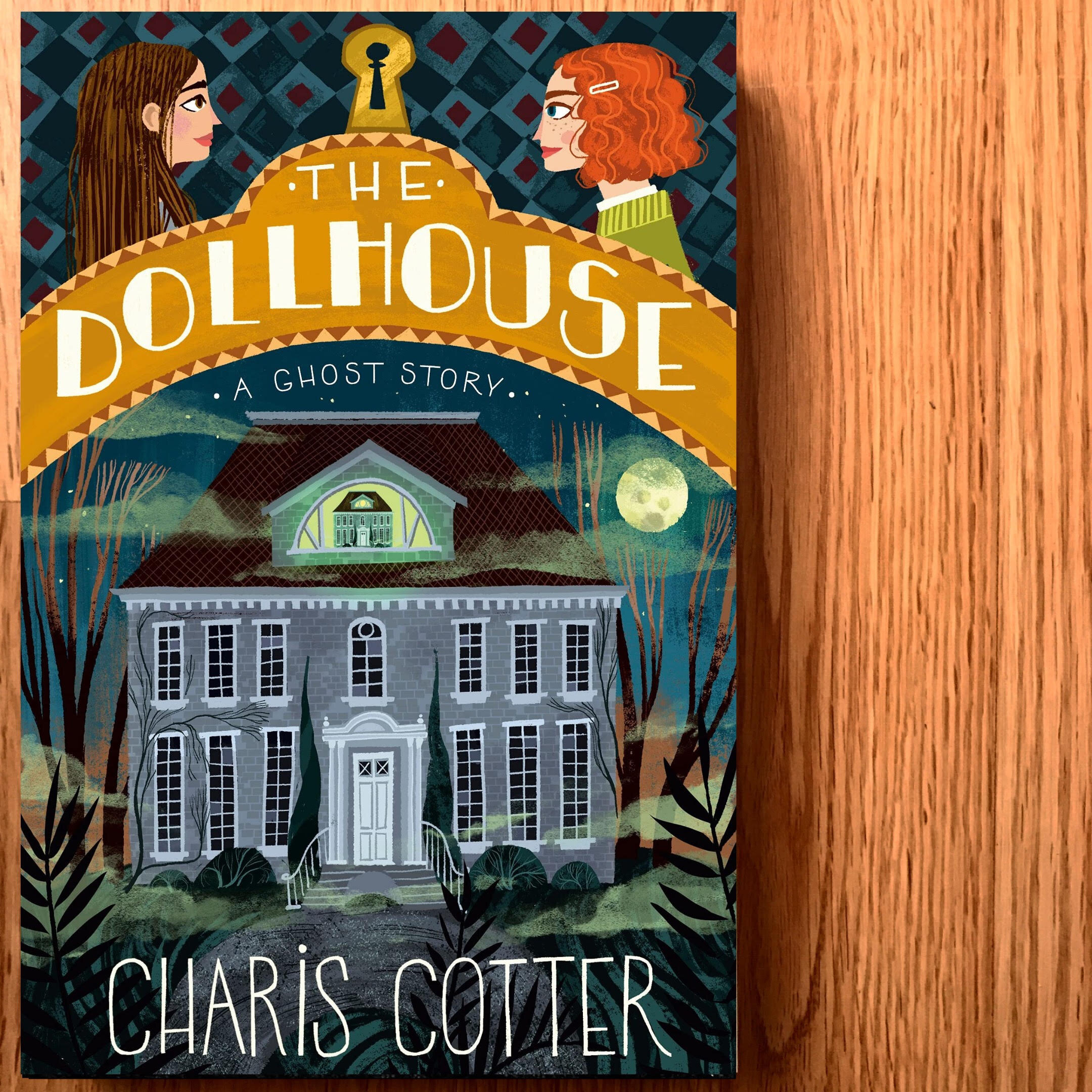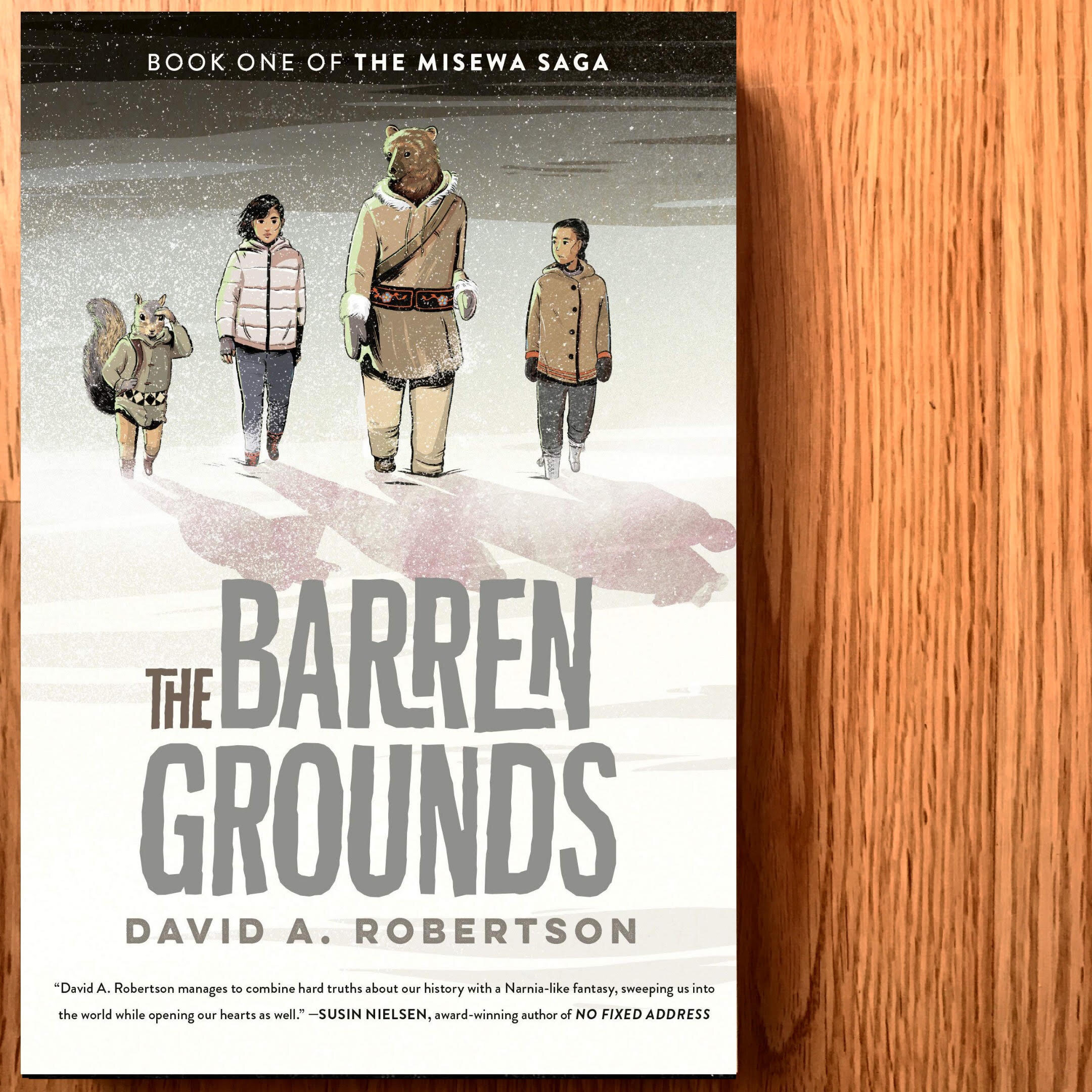By Christine McFaul
The Greatest in the World! is the first book in a hilarious new Tater Tales series created by author/illustrator Ben Clanton and recommended for readers in grades 1-4.
Rot Poe Tater wakes up one morning feeling great. No, better than great…the greatest in the world! Unfortunately, when Rot’s grouchy older brother Snot deigns to roll out of the garden-bed, he sees things differently. In Snot’s superior-older-brotherly opinion, it is obvious that he is the greatest in the world. An argument that perfectly captures their sibling dynamic ensues. When neither spud can persuade the other to accept defeat, the two decide there is really only one way to settle this. So, with Rot’s “best-spuddy” Worm along for moral support, and baby-sister Tot recruited as an impartial judge, Rot and Snot compete in a series of comical feats specially designed to determine, once and for all, which of them is truly the greatest in the world.
Clanton’s writing, which in my opinion is always excellent, reaches peak punny-funny in this “spudtacular” new book. But as great as the story is, it is Clanton’s illustrations that are the star of the show for me. The potatoes are disgustingly hilarious. Rendered in sickly shades of yellow, snot green, and garden brown, it is impossible to resist their adorably revolting faces. Even the font is child-friendly and somehow manages to add to the overall humour of the work. Loaded with pictures and with clever design choices, this book feels like a mash-up of a graphic novel and chapter book (a quality that is sure to appeal to the modern child reader as the popularity of the graphic novel only continues to grow).
Like much of Clanton’s work, The Greatest in the World! is extremely well-executed from start to finish. Stuffed full of fantastically horrible pictures and deliciously rotten potato-puns, this series opener is sure to have readers young and old laughing all the way through to its hilariously heart-warming message at the end (with a few pages of bonus material for anyone who can’t quite get enough). With the holiday season fast approaching, The Greatest in the World! would make an excellent gift for any humour-loving little readers you may have in your life.
Quick note, the vibe and characters from the Tater Tales chapter book series can also be found in several shorter picture books Clanton created aimed at readers aged 3-6. I have read both Rot, the Cutest in the World! and Rot, the Bravest in the World! with my girls and can vouch for their laugh-out-loud humour and appeal.
Thank you to Simon & Schuster Books for Young Readers for the complimentary copy in exchange for an honest review.













